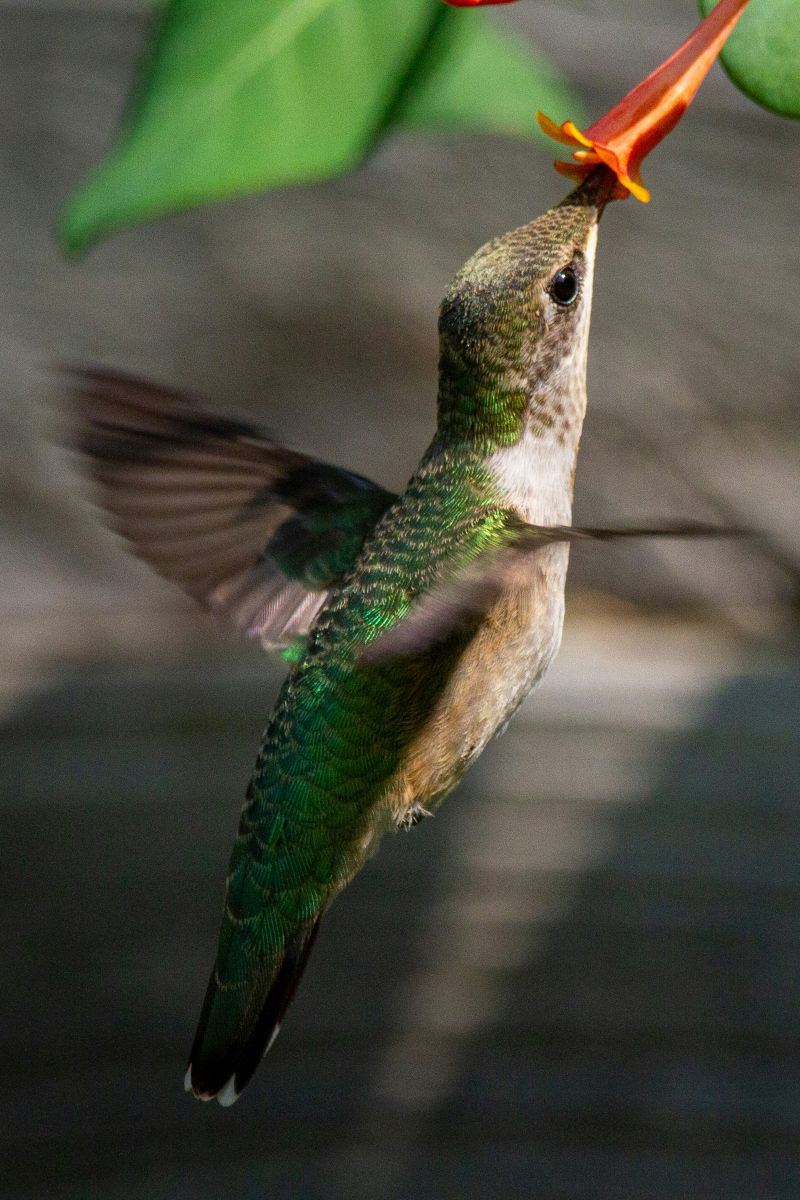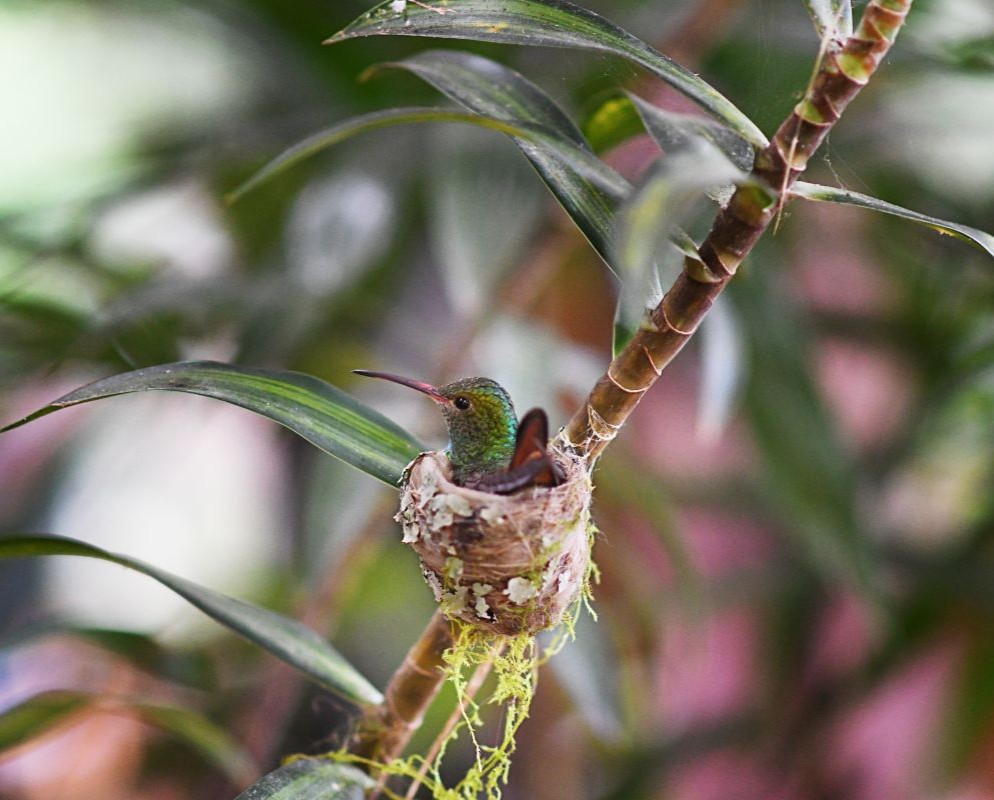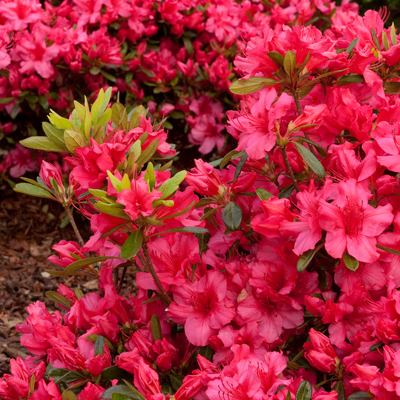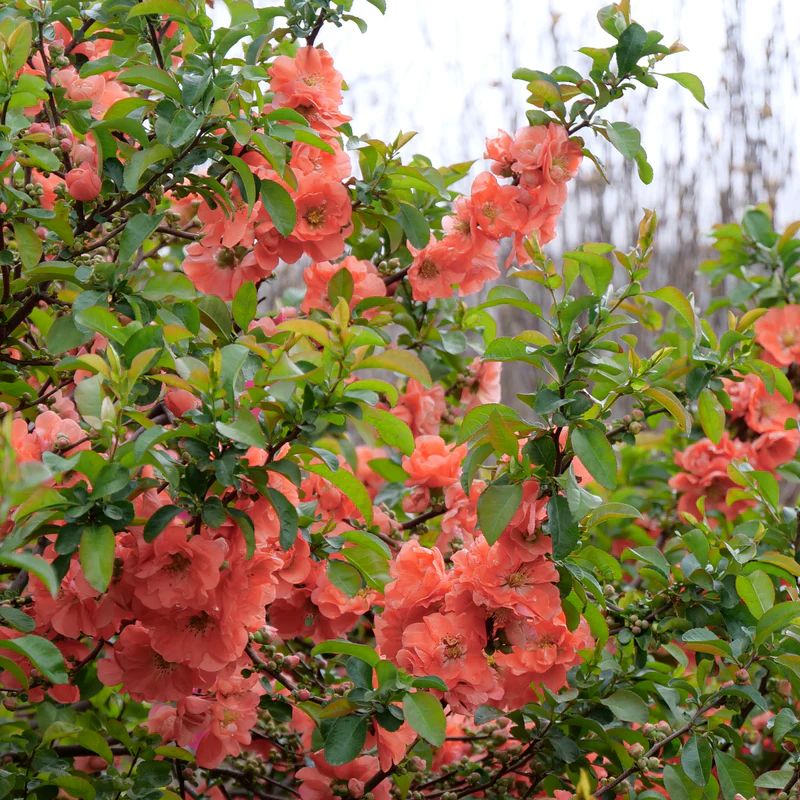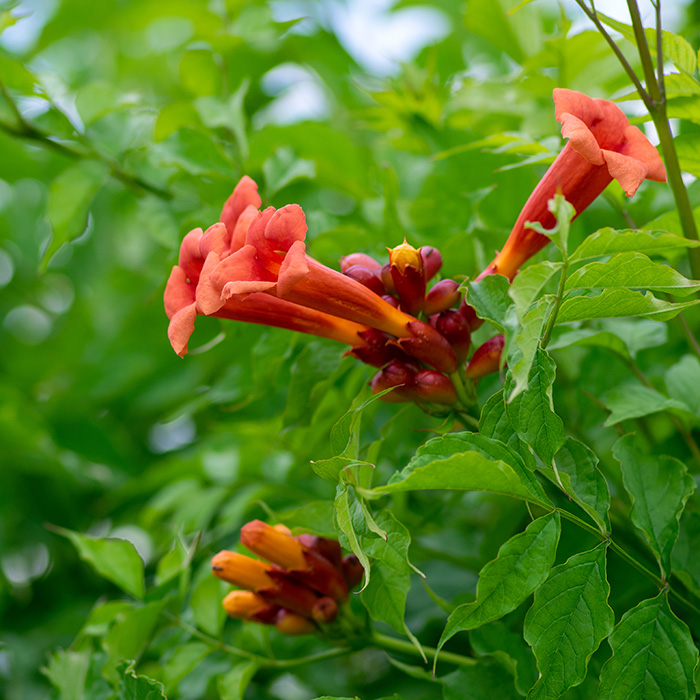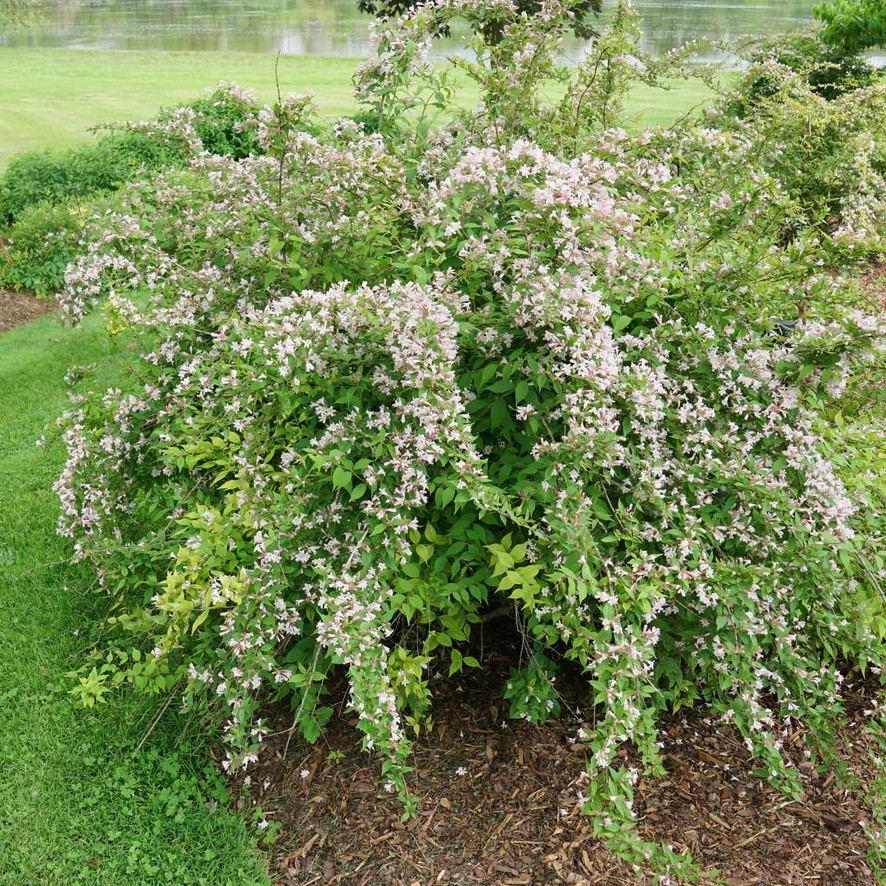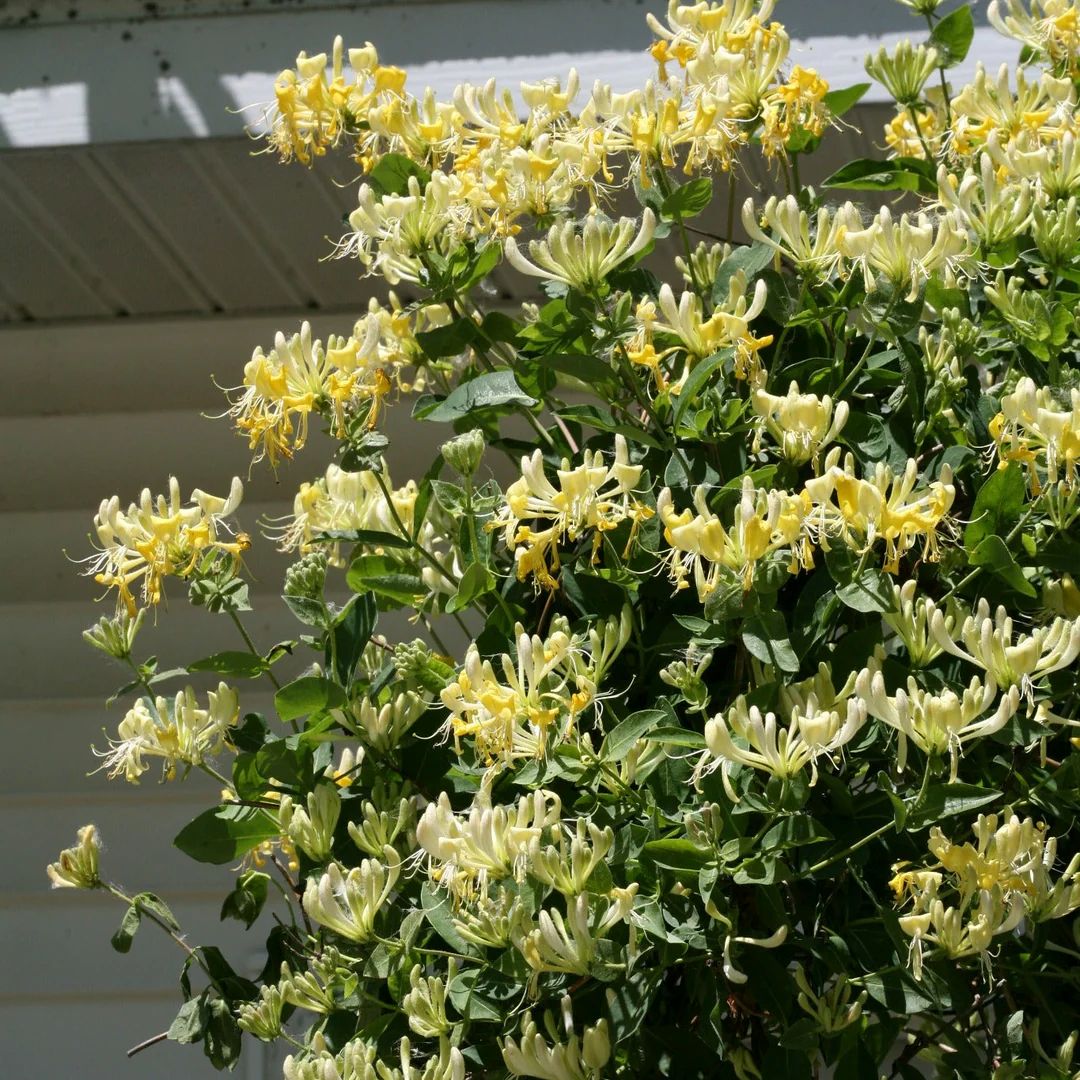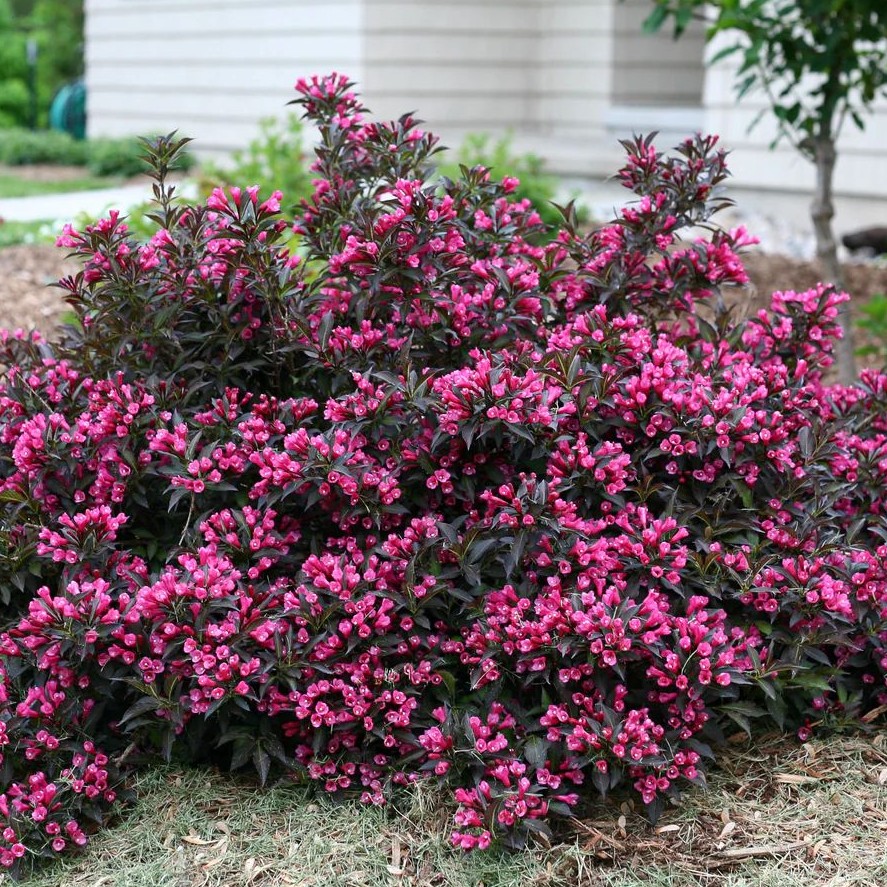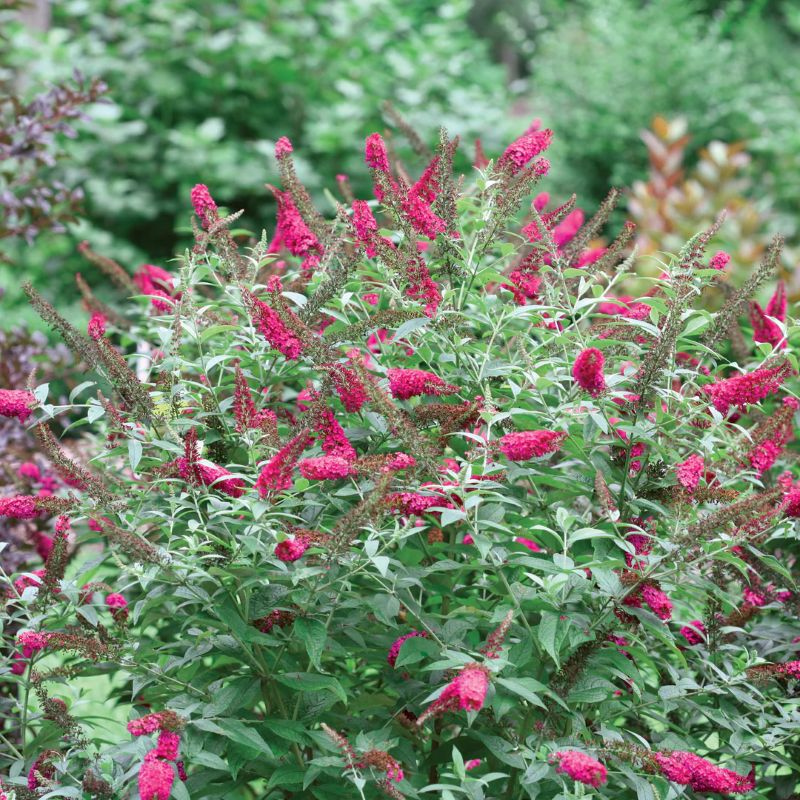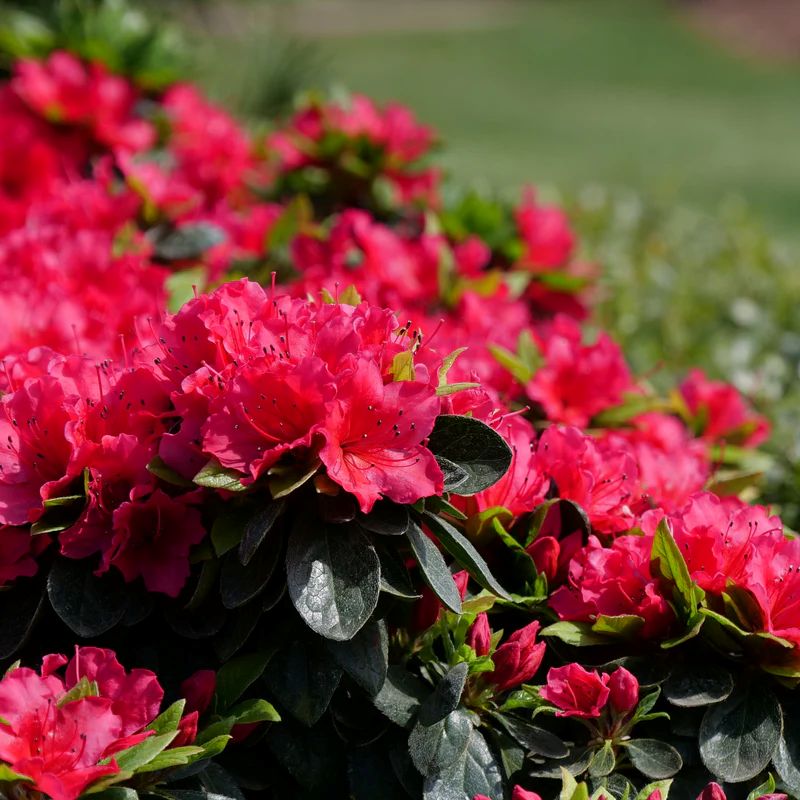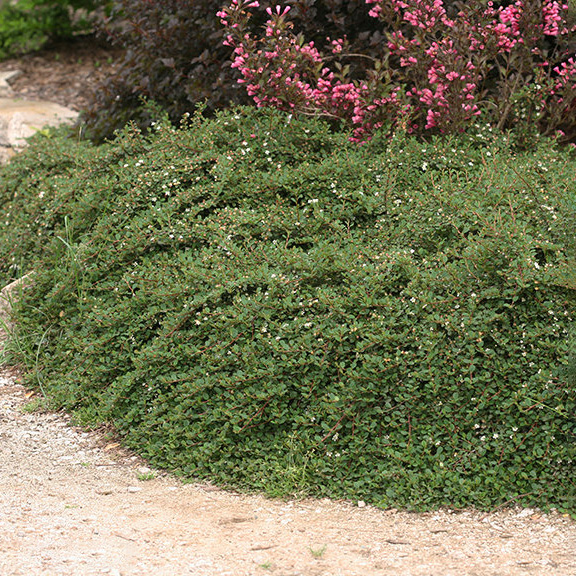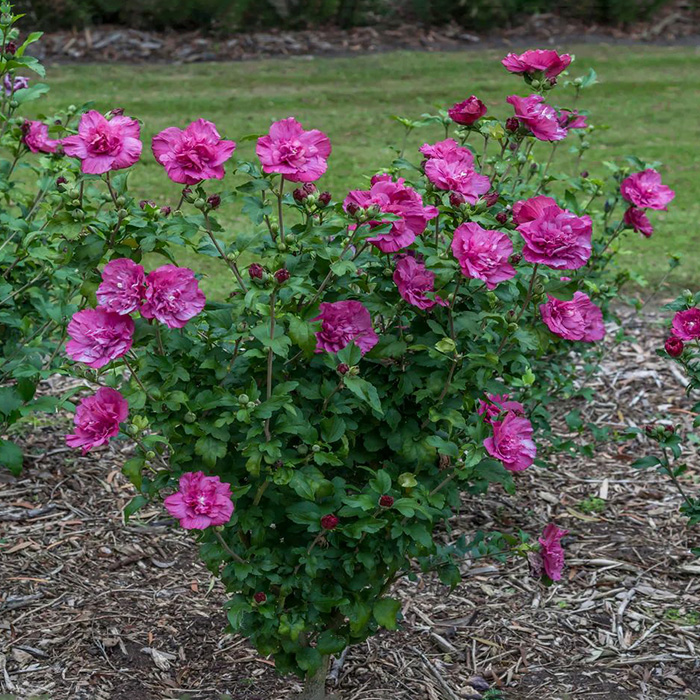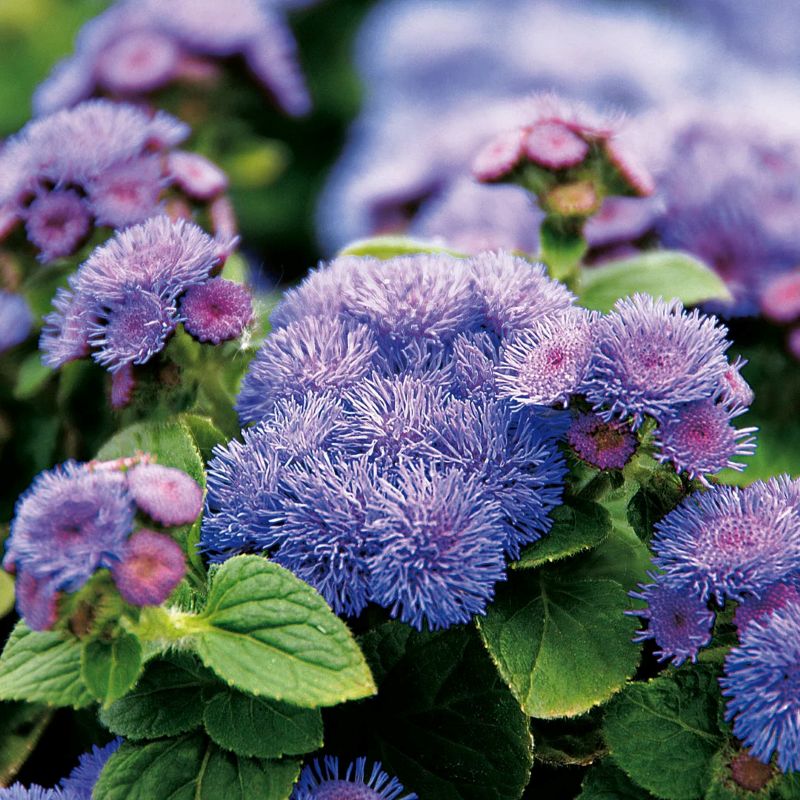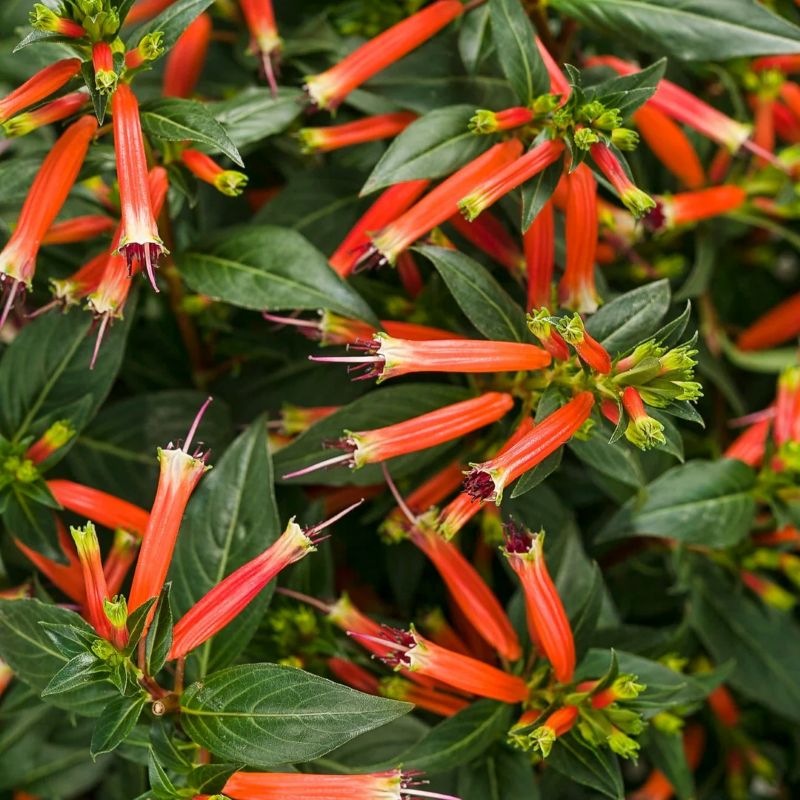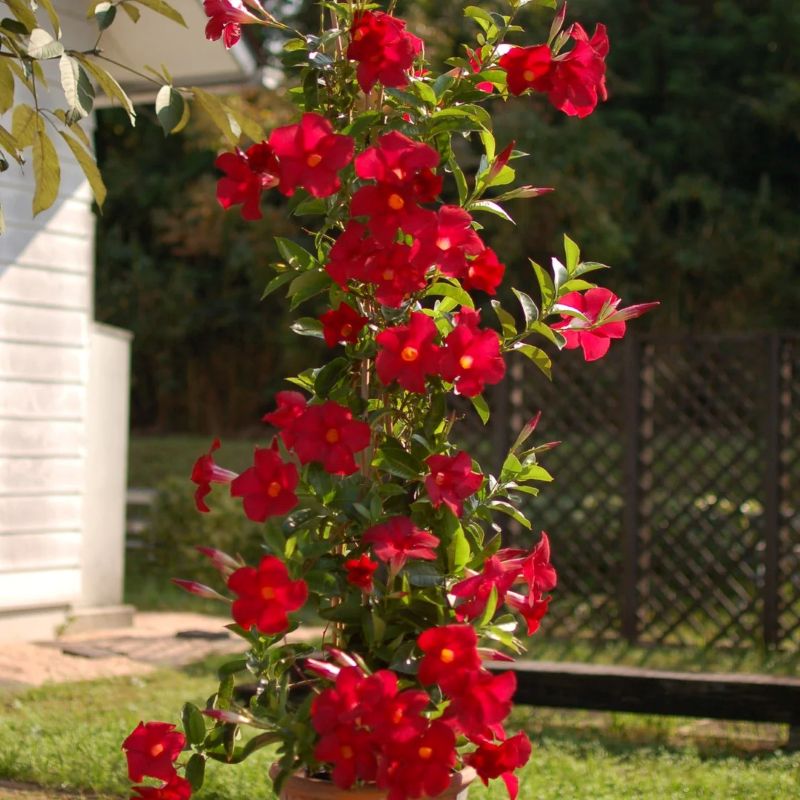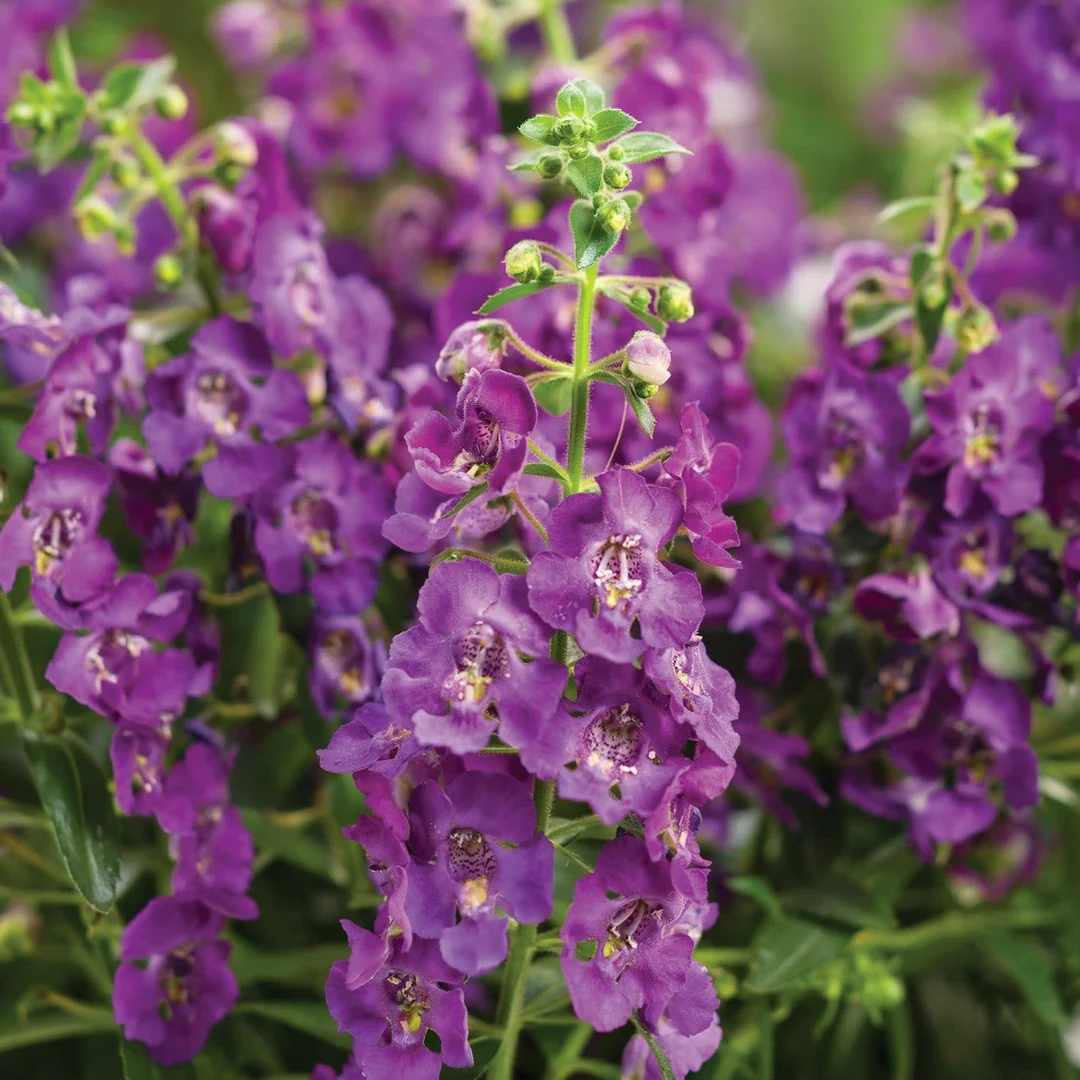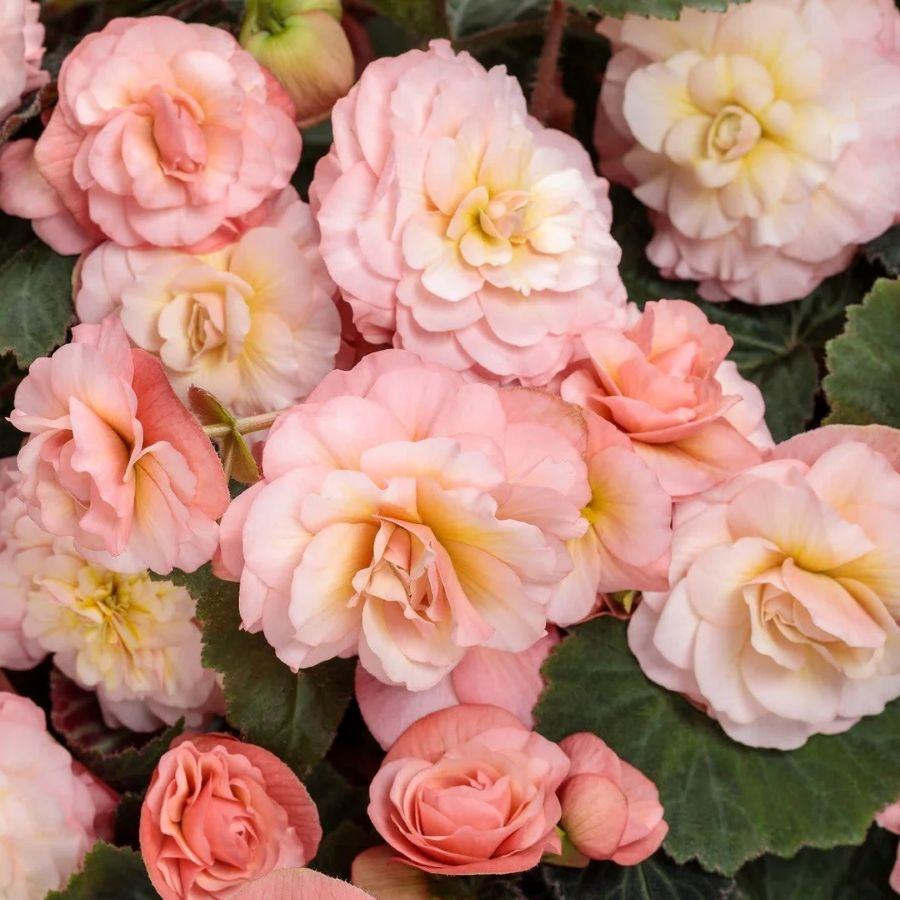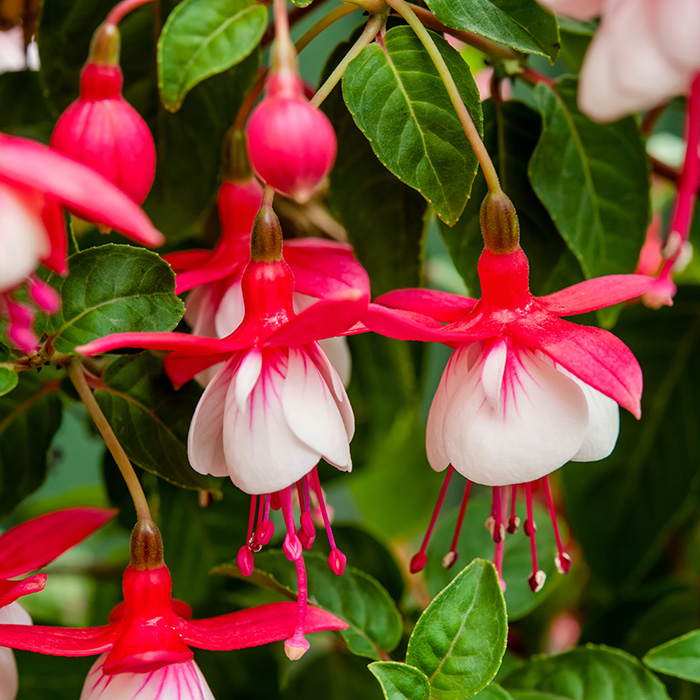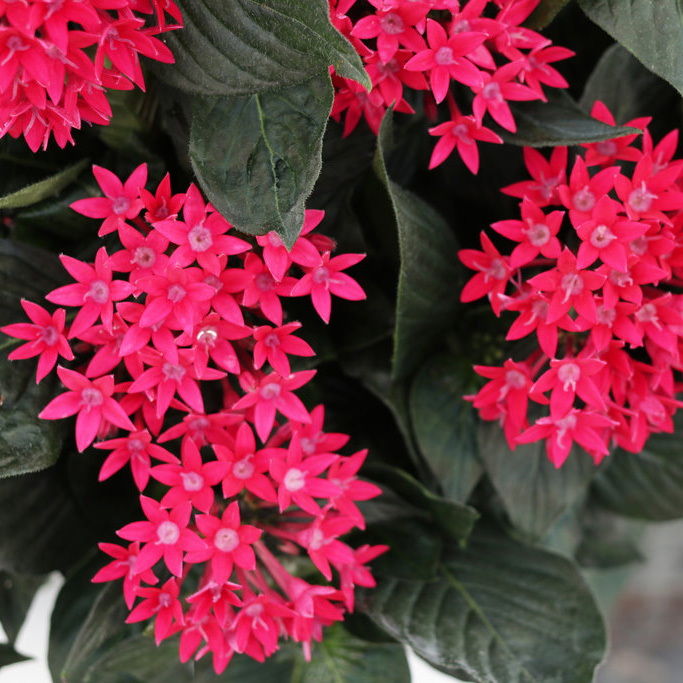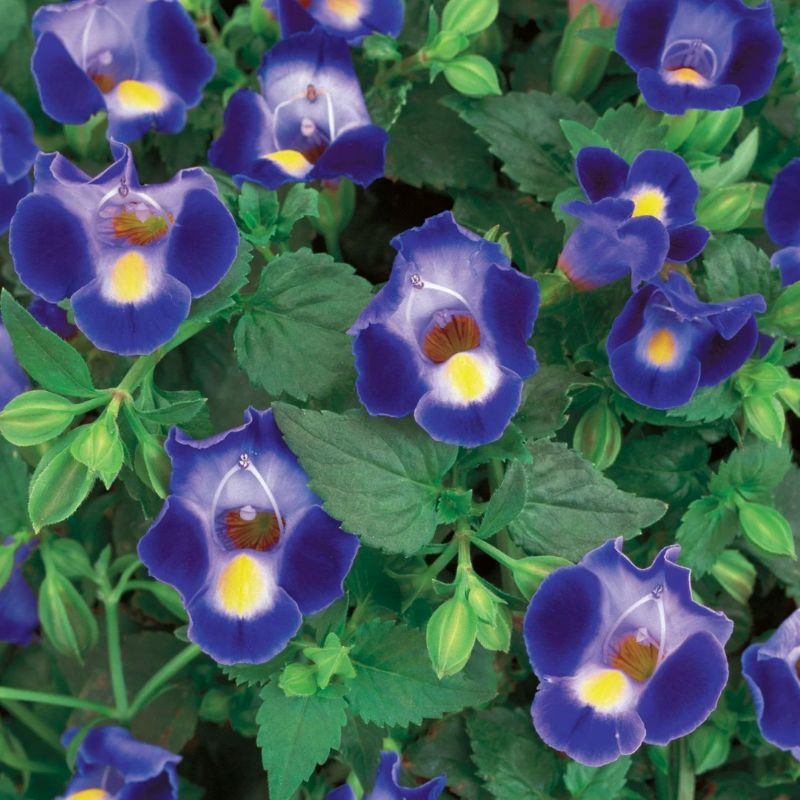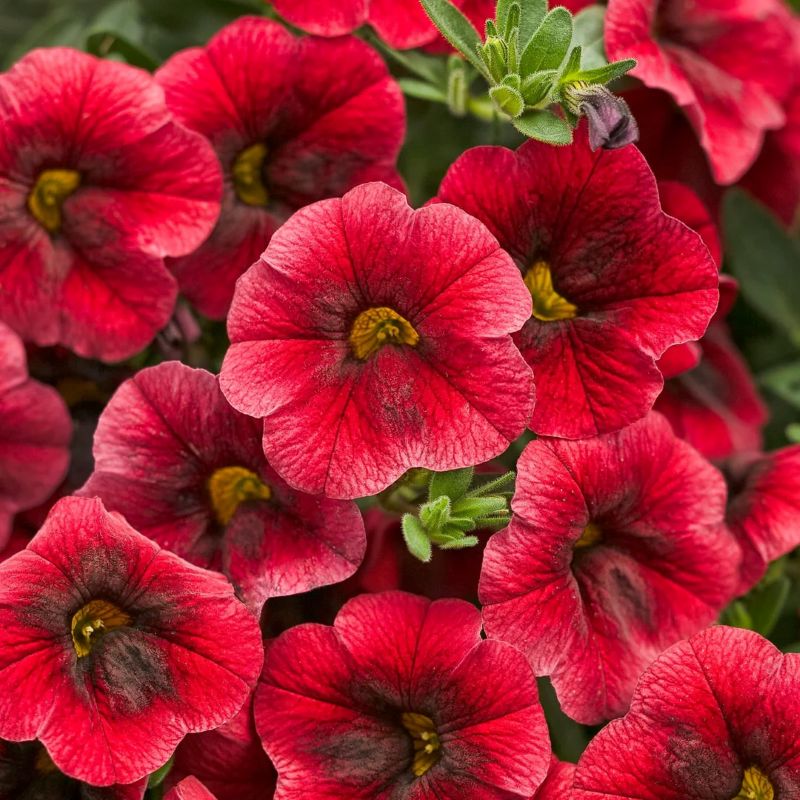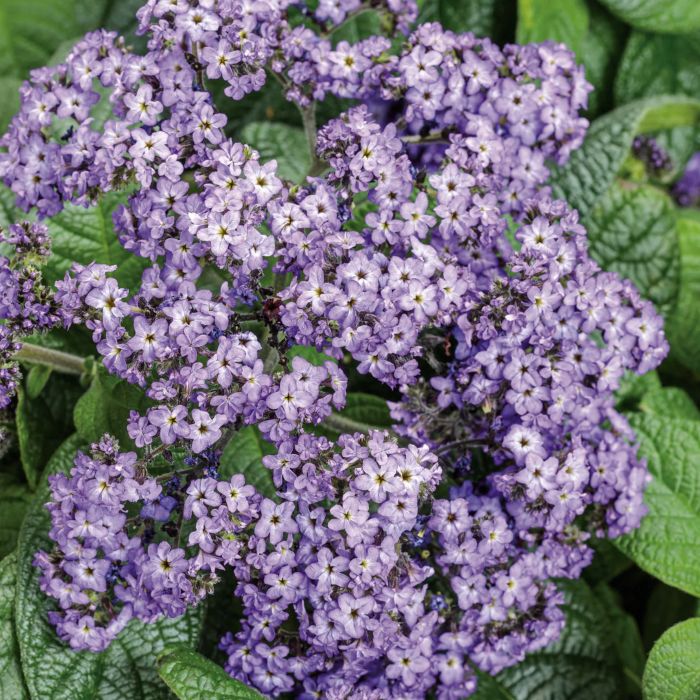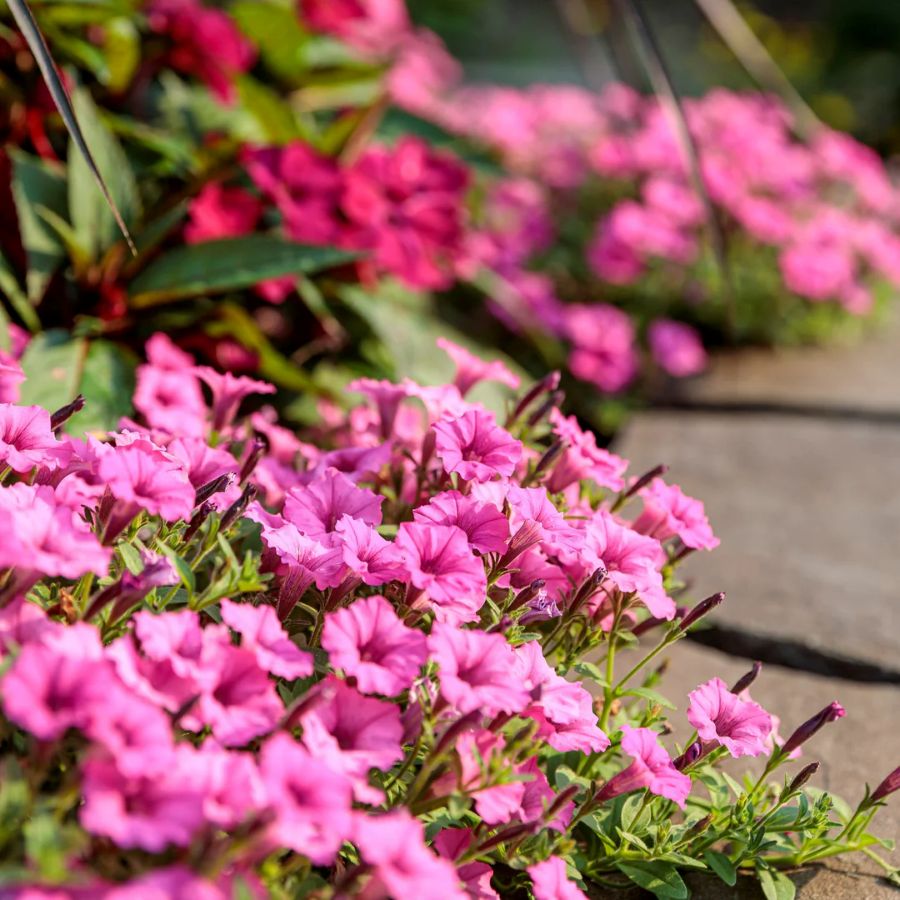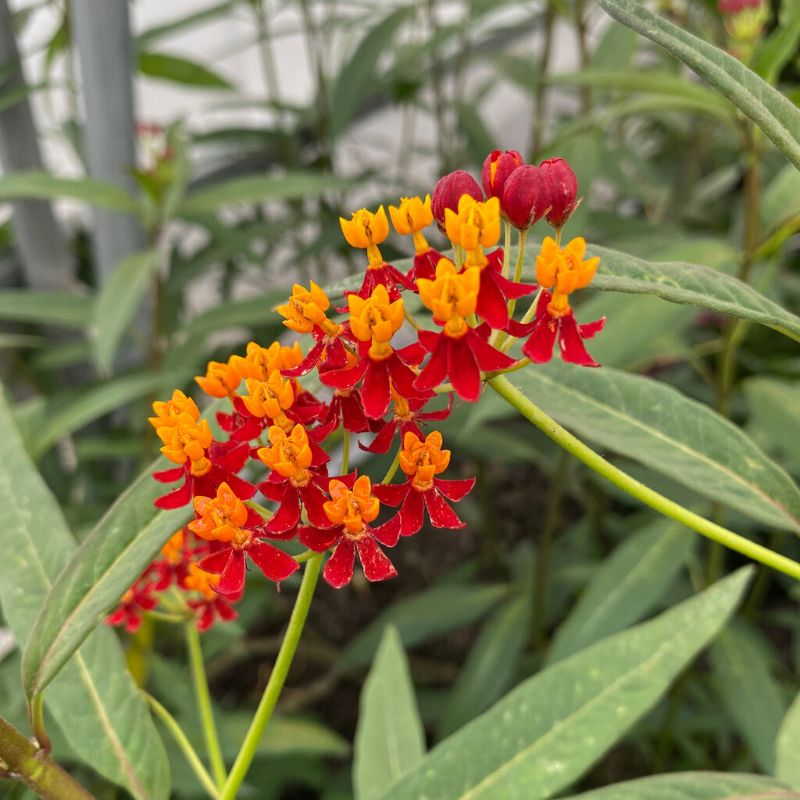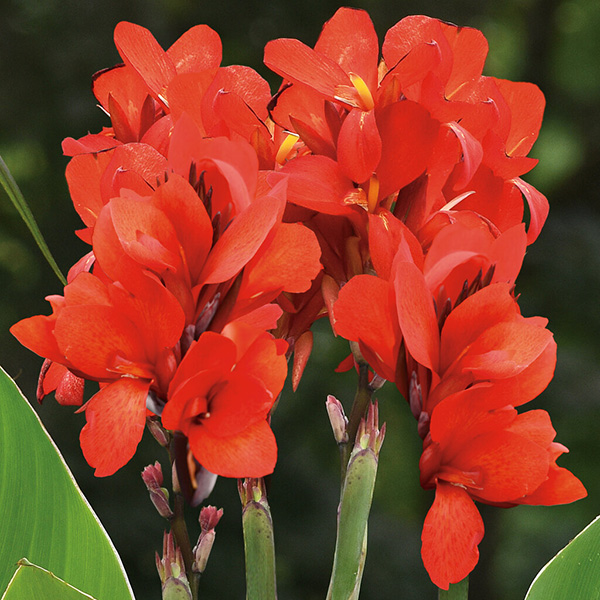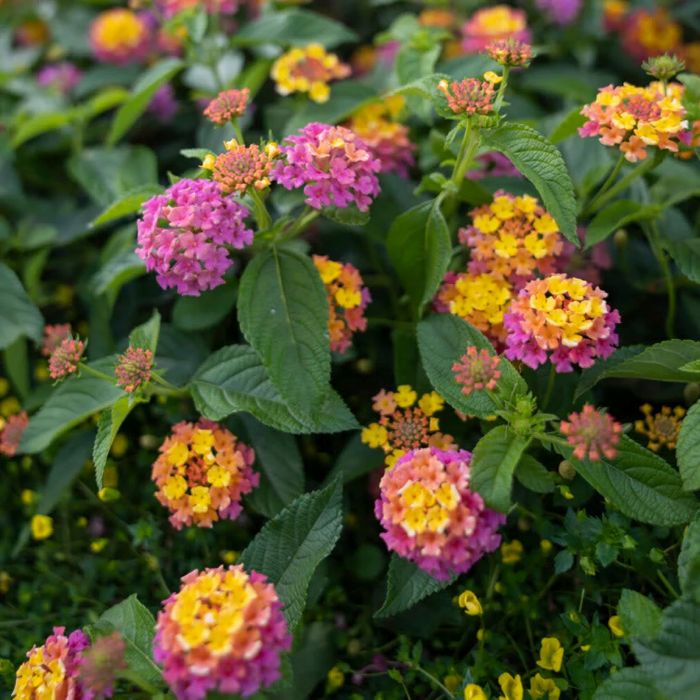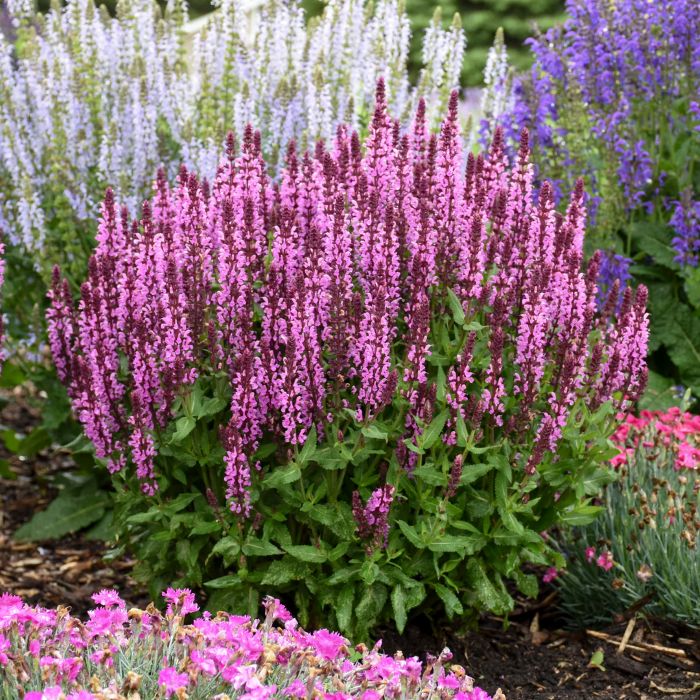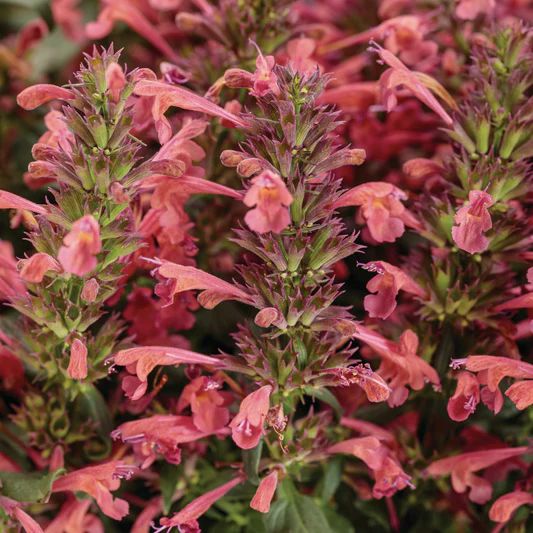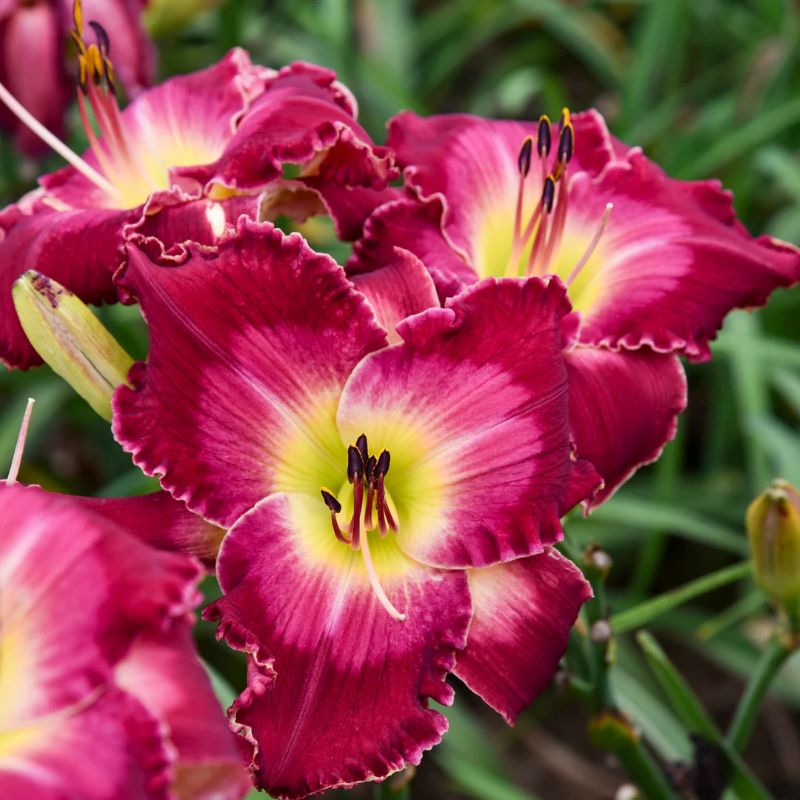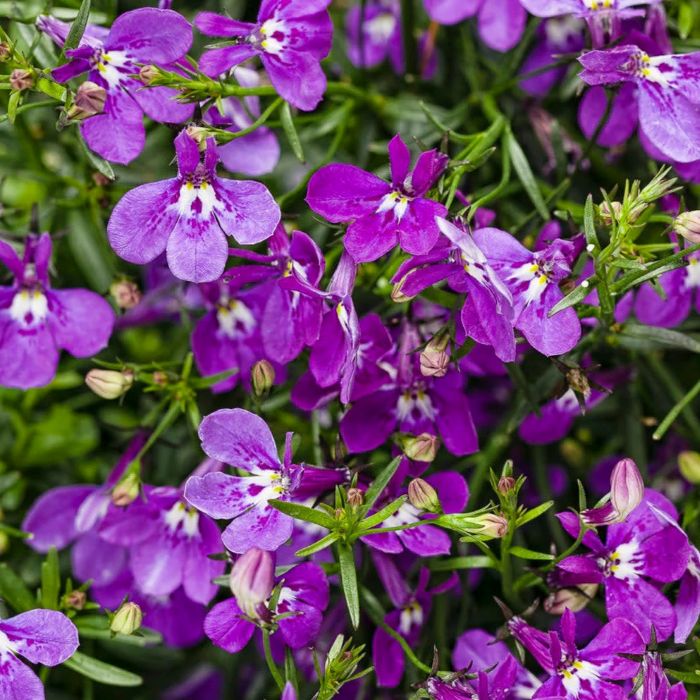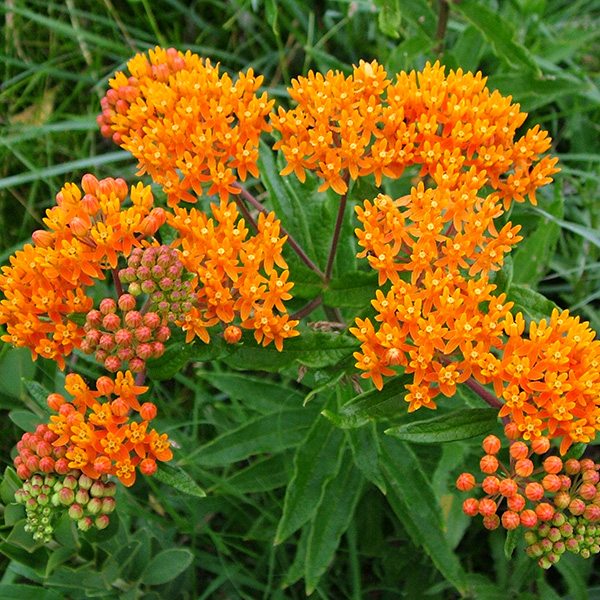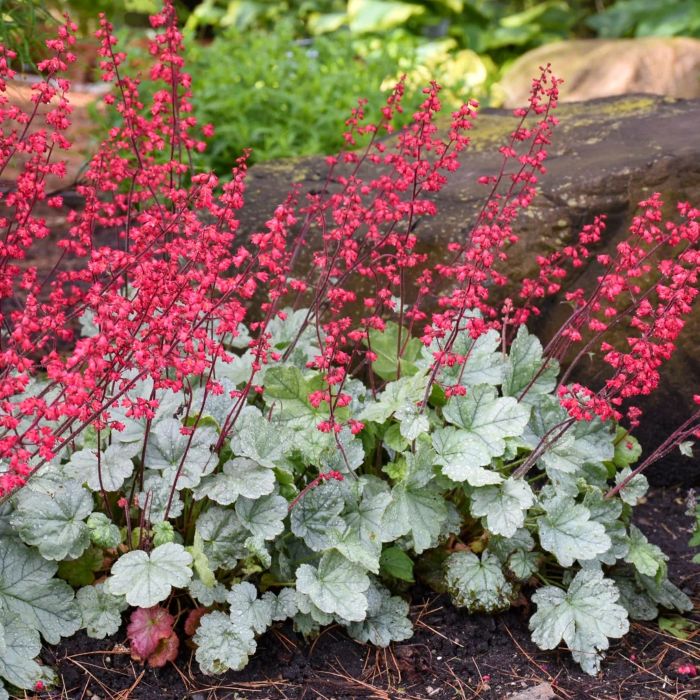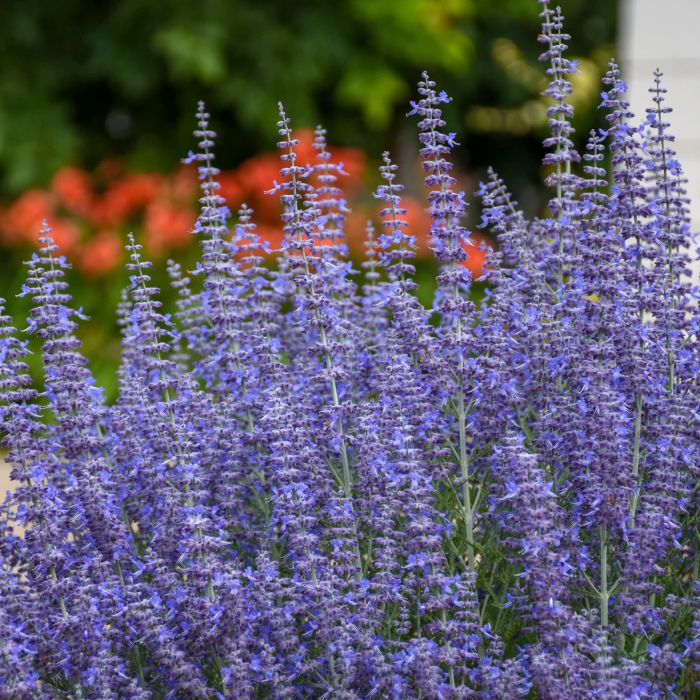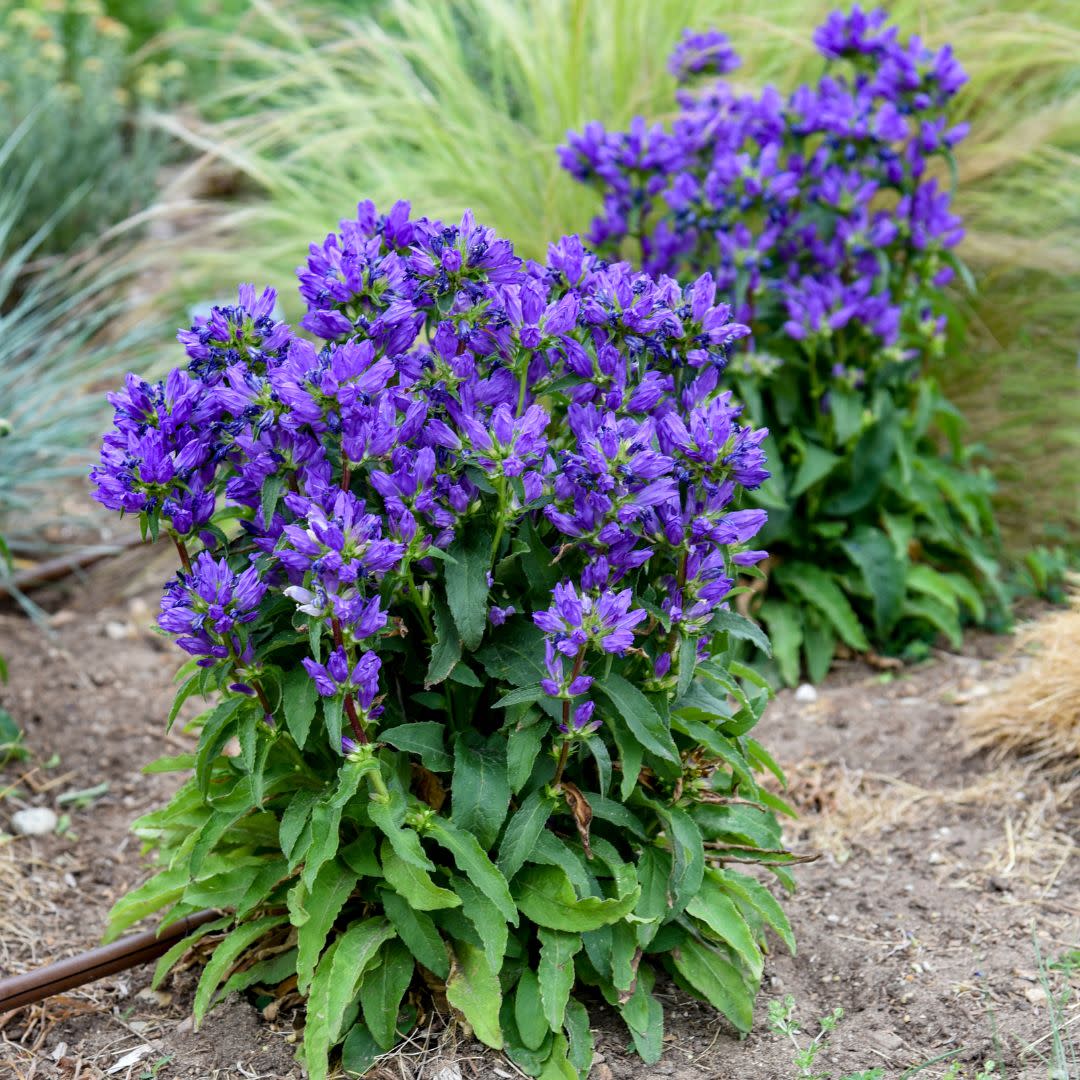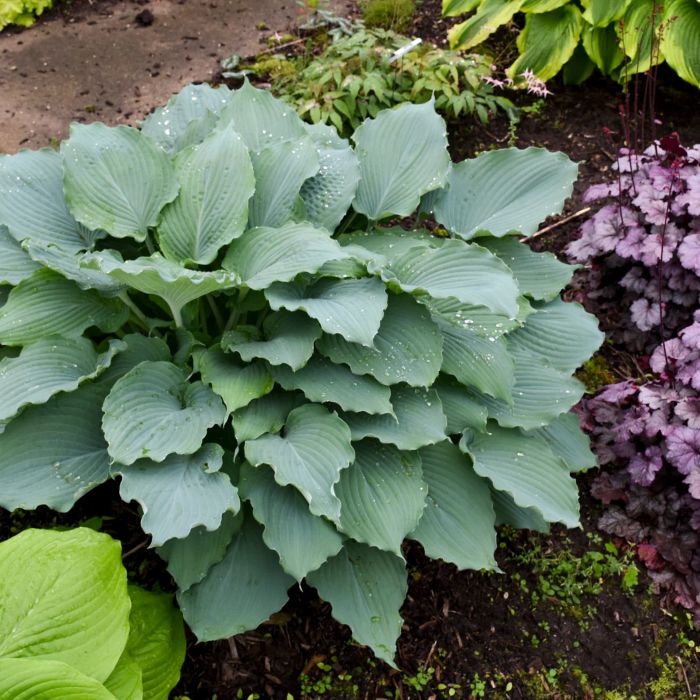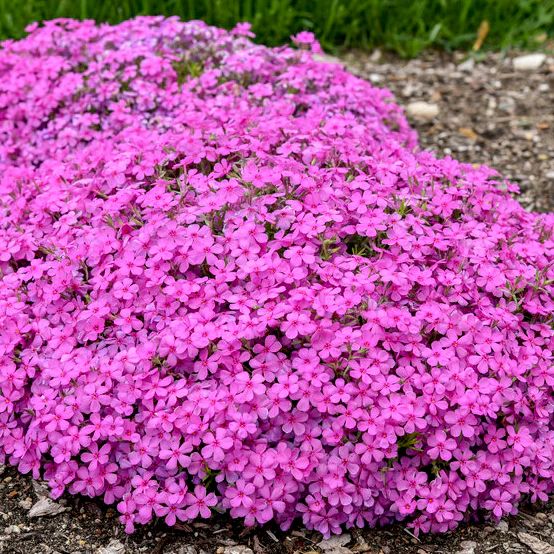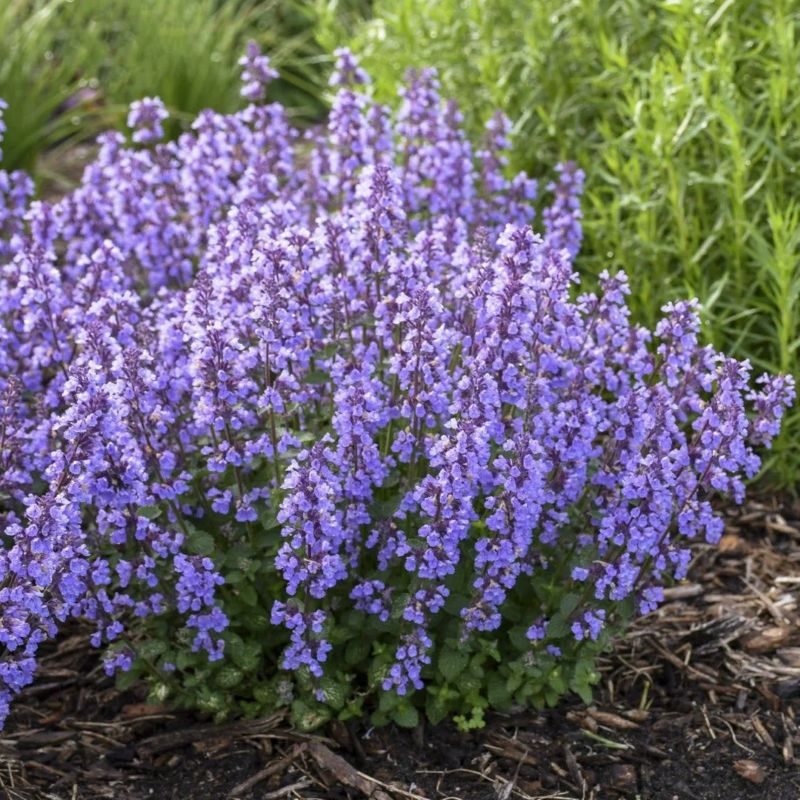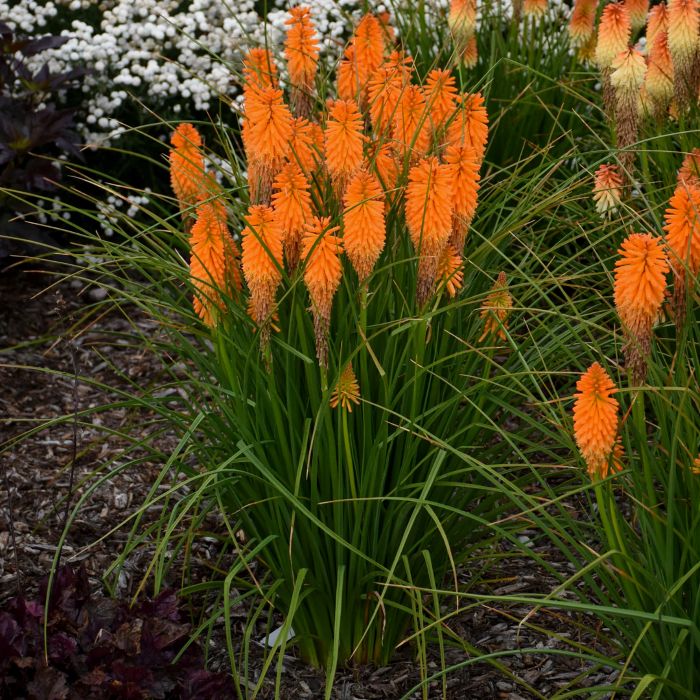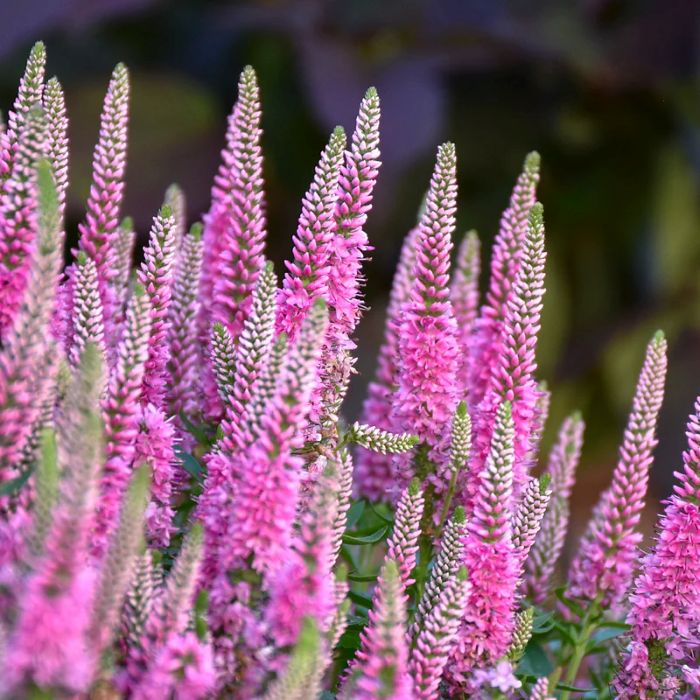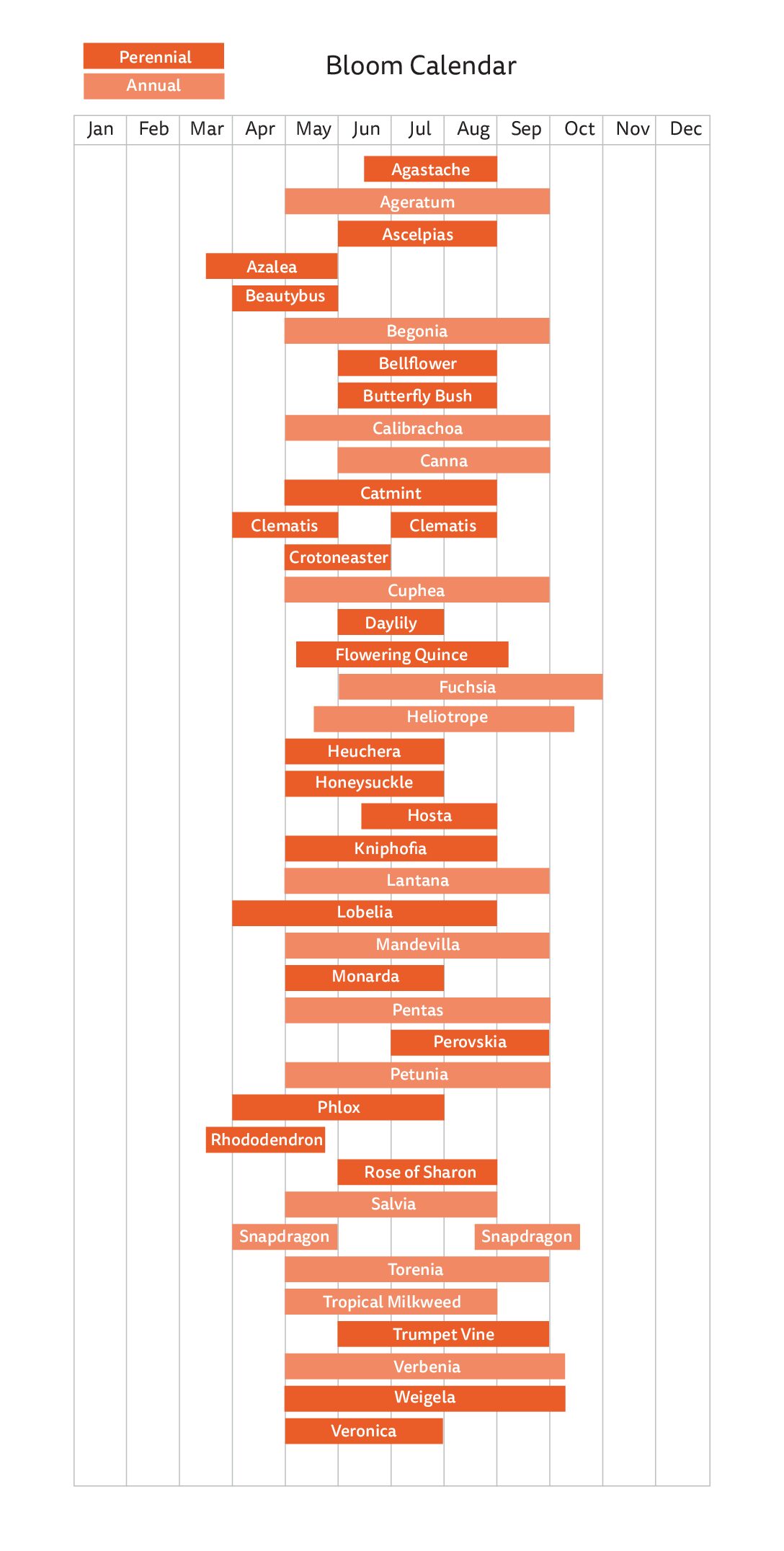About Hummingbirds
Hummingbirds can be easily attracted with nectar from feeders and/or an inviting display of nectar flowers. These amazing birds migrate through our area in early April and can stay through summer well into fall if they find your habitat inviting. Make sure your feeders are up and visible by April 15th in our area.
There are 4 species of hummingbirds in our region, the Ruby Throated Hummingbird being the most prevalent. Females and juveniles do not have the red neck and appear completely green. Other species that may be sighted are Allen’s Hummingbird, Anna’s Hummingbird, and the Rufous Hummingbird.
Food Sources
Nectar is a hummingbird’s primary food source, but they also consume small insects for protein like fruit flies, mosquitos, gnats, and spiders. (They use spider webs to bind their nests together and make them stretchy to accommodate their growing babies!)
Planting to Attract
Many colors attract hummingbirds to the garden, but reds and oranges usually have the best luck.
More important than the color is the shape of the bloom. Hummers tend to favor tubular, or trumpet, shaped flowers, which serve to accommodate the long beak and tongue.
To create a desirable habitat for hummingbird feeding, plant a variety of annuals, perennials, trees and shrubs with varied bloom times to extend nectar availability. The following plants are among their favorites, but this is not a complete list of all the plants commonly grown for hummingbirds. Be sure to ask a salesperson for help finding these and other plants for your landscape.
Shrubs
Annuals
Perennials
Most plants that attract hummingbirds will also attract butterflies & other pollinators!
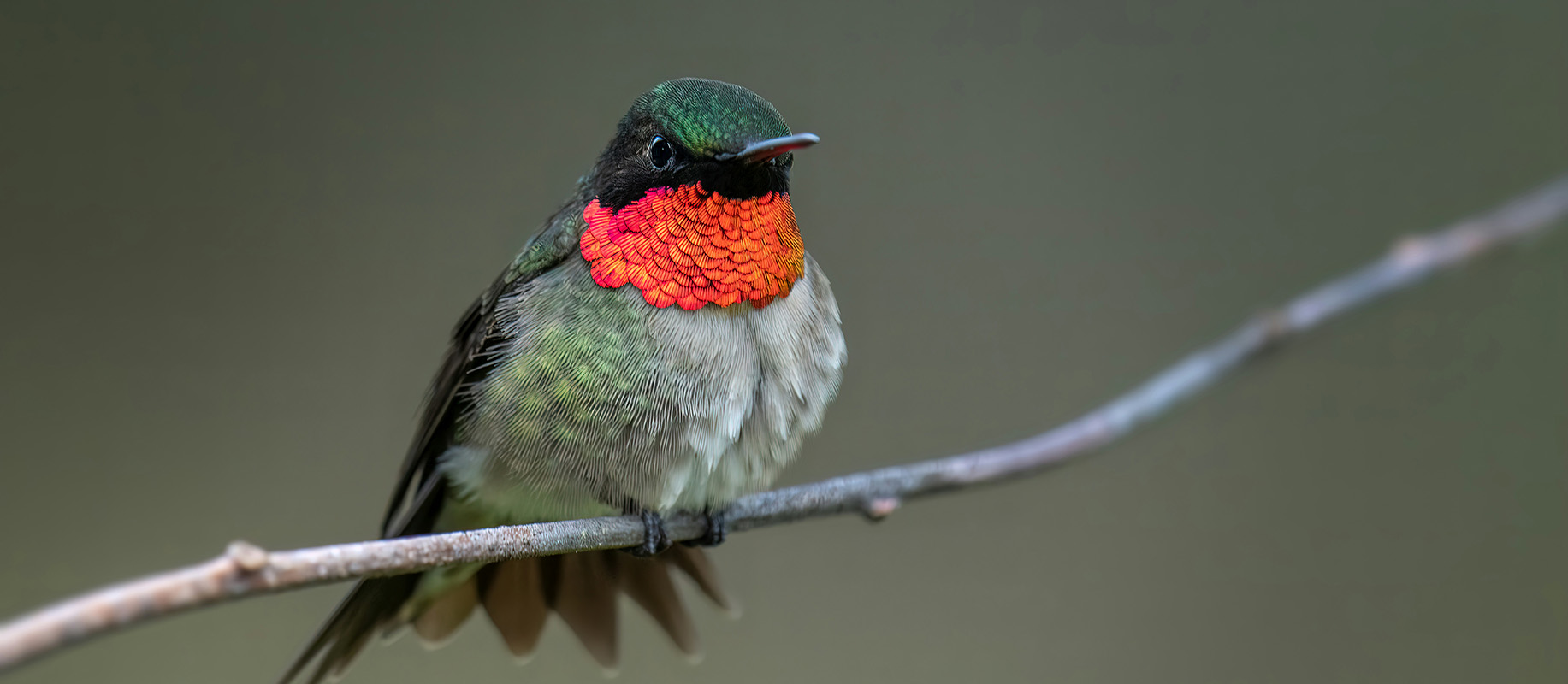
Trees
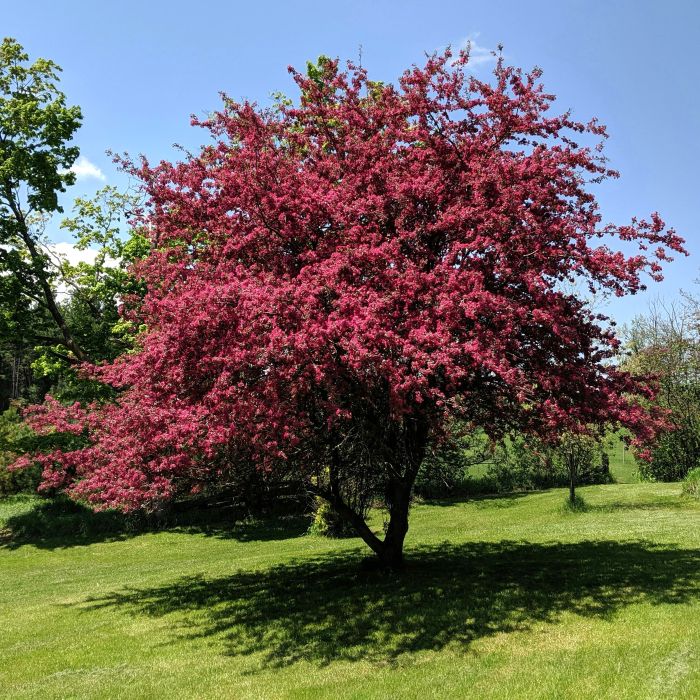
Apple & Crab Apple
Bloomtime: Spring
Light: Full Sun
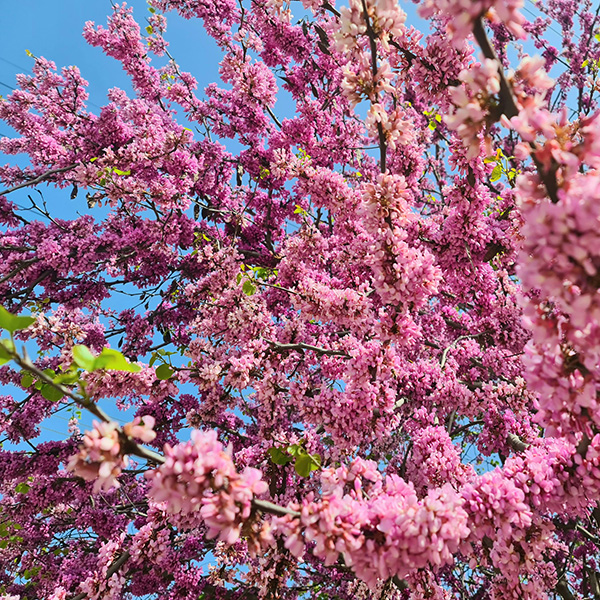
Redbud
Bloomtime: Spring
Light: Full Sun
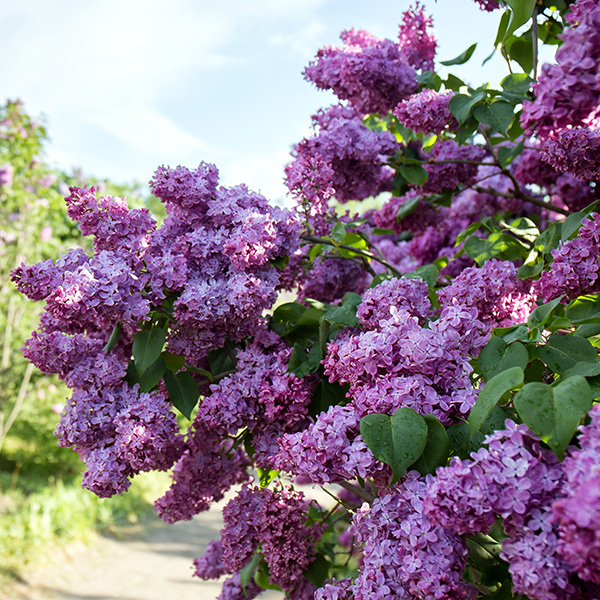
Lilacs
Bloomtime: Late April – Early June
Light: Full Sun
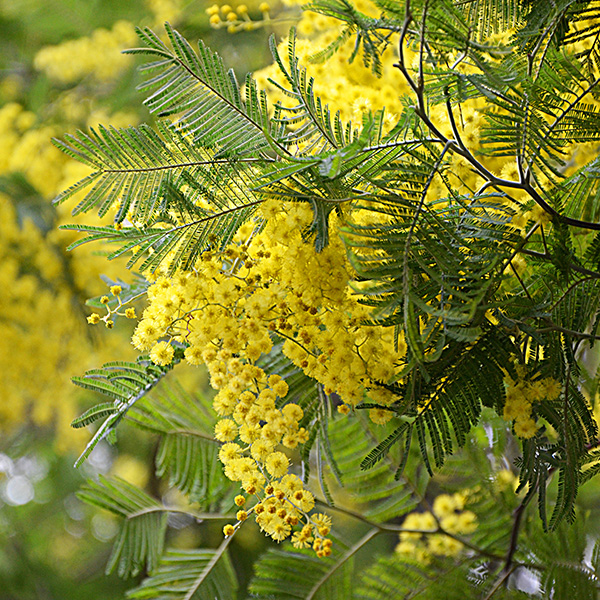
Mimosa
Bloomtime: Late Spring – Early Summer
Light: Full Sun
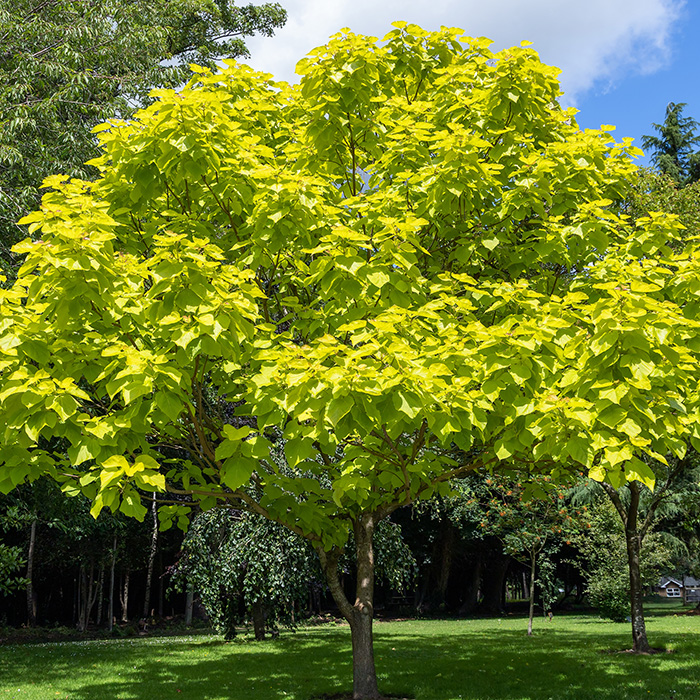
Catalpa
Bloomtime: Late Spring/Early Summer
Light: Full Sun

